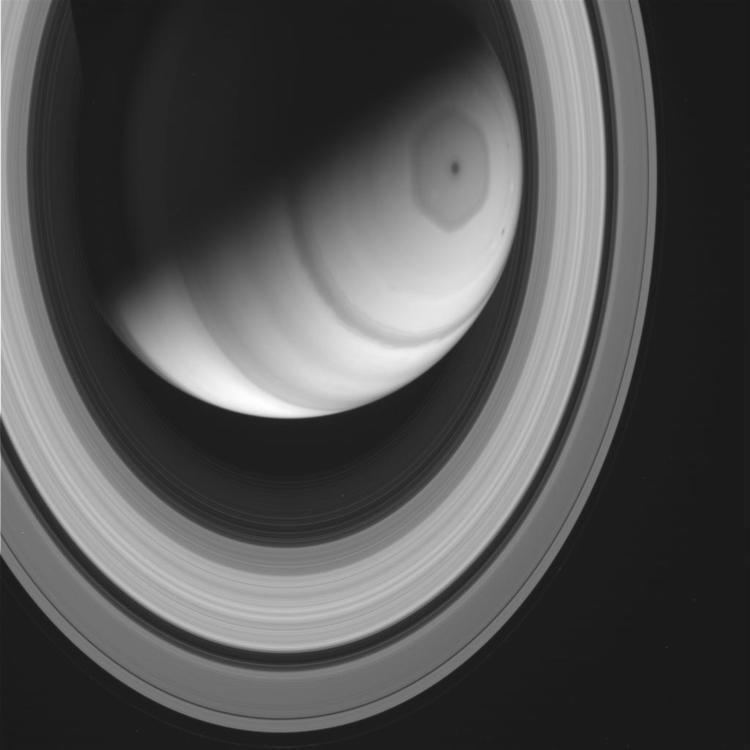First flight 9 September 1975 Missions Viking 2 | Last flight 9 September 1975 | |
 | ||
The Flagship Program is a series of NASA missions to explore the Solar System. It is the largest and most expensive of three classes of NASA Solar System Programs, the other two being the medium-cost New Frontiers Program and the lowest-cost Discovery Program.
Contents
According to NASA, the cost of a Flagship-class mission is over $1 billion. These missions will be crucial in allowing humans to reach and explore high-priority targets. These critically important targets could help establish the limits of planetary habitability, not just for the Solar System, but for planetary systems in general. In particular, they potentially provide an opportunity to identify prebiotic organic molecules or even extant life beyond Earth, should it exist, in the Solar System. The targets of Flagship missions may include complex missions to the atmosphere and surface of Venus, the lower atmosphere and surface of Titan, the surface and subsurface of Europa, the stormy atmosphere of Jupiter, the dusty surface of Mars, the ring systems of Saturn, the deep atmospheres of the ice giants Neptune and Uranus, the surface of the moon Triton, the plumes of Enceladus, the surface and magnetosphere of Mercury, and the surface of a comet nucleus in the form of cryogenically preserved samples.
History
The Flagship program includes the Viking probes (1975), the Voyager probes (1977), the Galileo spacecraft (1989), the Cassini spacecraft (1997), the Chandra X-Ray Observatory (1999), and the Mars Science Laboratory (2011). Proposed programs in the estimated range $1 billion and $3 billion include the Mars 2020, and Europa Multiple-Flyby Mission (2022).
The Voyager probes mark the transition between the original NASA unmanned mission programs, which were funded and organized as a series of related missions to specific targets such as the Mariner probes, Pioneer probes, Surveyor landers, Ranger probes, etc., and the modern NASA program which includes Flagships. In the early 1990s, NASA made the decision that instead of a centrally planned mission approach around pre-selected targets, mission ideas would compete for selection. The competitions would be based in cost categories, eventually turning into the Discovery, New Frontiers, and Flagship programs. While teams self-assemble to compete for Discovery and New Frontiers missions, Flagship programs are still strongly influenced by NASA headquarters. Also, Discovery and New Frontiers missions are scheduled frequently enough that a standard process has emerged and scientists can expect that process to be followed, but Flagship programs seem to follow a different organizational and development approach every time.
The 2011 Planetary Science Decadal Survey report recommended to NASA that the highest priority Flagship mission for development was a sample-caching rover, called the Mars Astrobiology Explorer-Cacher (MAX-C), as an American contribution to the ExoMars program with the European Space Agency (ESA) and as precursor to a proposed Mars sample return mission. The second highest priority mission was identified as the Jupiter Europa Orbiter, proposed to be part of the NASA-ESA EJSM/Laplace mission, and would have studied Europa in detail as a site of astrobiological interest. Other priorities included the Uranus Orbiter and Probe, the Enceladus Orbiter, and the Venus Climate Mission.
Current status
Under the FY2013 budget that President Obama released on February 2012, NASA terminated its participation in ExoMars due to budgetary cuts, in order to pay for the cost overruns of the James Webb Space Telescope. At that time, all proposed NASA Flagship planetary missions were put on hold indefinitely.
However, in December 2012, the Mars 2020 sample-caching rover, built on the same architecture as the Mars Science Laboratory (Curiosity Rover Mission), was announced on a proposed budget of $1.5 billion. More recently, in June 2015, the Europa Multiple-Flyby Mission (Europa Clipper) was approved by NASA and entered the formulation stage.
